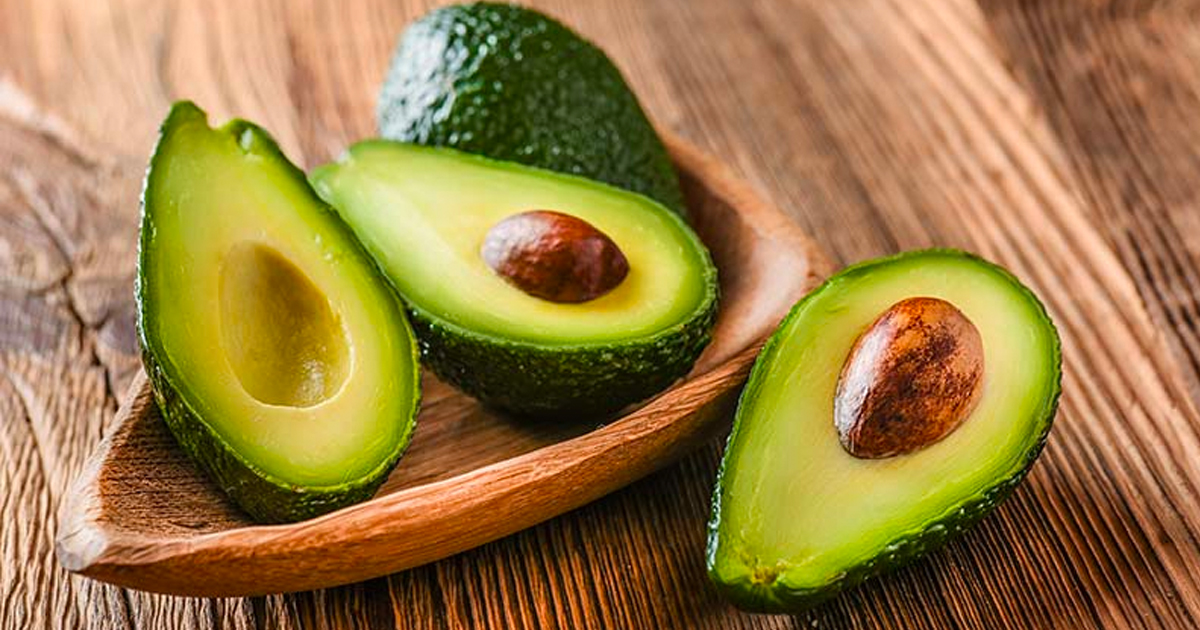Scientists Reveal Which Genes Come From Your Mom and Which You Get From Your Dad
If you’ve heard someone tell you something like, “You are a copy of your mother,” you should know that this is a false statement. In fact, we (especially women) are more like our fathers, and not our mothers. Besides, there is a theory that a father’s lifestyle before the conception of the baby, including the food he eats and how he feels, are the basis of the future health of the baby. This article will tell you about the traits that are inherited from the father and which are from the mother.
Bright Side wants you to remember that even if you have good genes, you should still maintain a healthy lifestyle. Because, in the end, your lifestyle is the key factor to how you will look and feel.
Most of the time, children inherit the shape of the tip of their nose, the area around their lips, the size of their cheekbones, the corners of their eyes, and the shape of their chin. These are the key areas highlighted during facial recognition, and people whose have similar-looking areas that we mentioned above, will appear almost identical to us.
And the area between the eyebrows is often very different.
View this post on Instagram
Reese Witherspoon’s daughter inherited her mother’s blue eyes, the shape of cheekbones, chin, and nose tip.
Mother’s genes are usually 50% of a child’s DNA, and father’s genes are the other 50%. However, male genes are much more aggressive than female ones, that’s why they are usually more prominent. So, there are usually 40% of active female genes and 60% of active male genes.
Besides, a pregnant woman’s body identifies the fetus as a partially alien body. In order to save the baby, it has to find peace with the aggressive father’s genes (sometimes, at the cost of her own genes).
However, it is still possible to find out which traits a child can inherit from their father and which they get from their mother.
Sex

The sex of the future baby depends on the father. From their mother, a baby always receives the X-chromosome and from father either an X-chromosome (which means it will be a girl) or a Y-chromosome (which means it will be a boy).
If a man has a lot of brothers in his family, he will have more sons and if he has a lot of sisters, he will have more daughters. Only some men have a relatively equal number of X- and Y-chromosomes in their sperm and they are equally likely to have boys or girls.
Y-chromosomes have fewer genes than X-chromosomes and some of them are responsible for the development of male genitals. This is why a boy is more likely to look like his mother. When it comes to girls, they receive X-chromosomes from both parents, so it’s impossible to predict what they will look like.
Condition of their teeth

© Depositphotos © Depositphotos
If a father visits dentists often, his children are very likely to have dental problems. Even though the shape and size of teeth can be inherited from either parent, a father’s genes are still dominant.
So, if a father has bad teeth, the child is likely to have the same problems too.
Intelligence

The genes responsible for intelligence are contained in the X-chromosome. This is why sons inherit their intelligence from their mothers. Daughters receive their intelligence from both parents. However, only up to 40% of a mother’s intelligence is inherited, the rest is received over the course of their lives. So, nothing can replace hard work.
On average, boy’s IQs are about 15 points different than their mothers’.
Inclination for mental illness

© Depositphotos © Depositphotos © Depositphotos
With age, the quality of sperm decreases. This is why elderly people can pass on mutated genes to their children. This increases the risk of developing mental illnesses, autism, hyperactivity, or bipolar disorder. Also, children born to fathers who are over 45 years old or more are more likely to be suicidal and have learning difficulties.
At any age, men who have coronary heart disease are likely to pass it on to their sons. And men who were infertile and the conception was done artificially, often have sons with the same problem.
Inclination to hemophilia and autism

© Osborne House, Isle of Wight / Wikimedia © Wikimedia
One of the most famous people who had hemophilia was Tsarevich Alexei. On the left, you can see his great-grandmother, the English Queen Victoria who had the gene for hemophilia and passed it on to some of her children, grandchildren, and great-grandchildren.
There are illnesses that can be inherited only from mothers but develop only in boys (it is really unlikely that girls get these diseases). It happens when a woman has the X-chromosome with this gene and passes this gene to her son. Unlike his mother, the boy has only one X-chromosome, and he doesn’t have anything to compensate for the mutated gene with.
Hemophilia, which impairs the body’s ability to make blood clots and Duchenne muscular dystrophy are among the illnesses that can be passed on in this way. Autism is the more prominent disease that is inherited from a mother by a son.
Inclination to be overweight

The inclination to be overweight or to be fit is inherited genetically. Some people’s weight and waist measurements are based on genes about 25% of the time. People who try to combat extra weight often inherit it from their parents. In situations like these, it is really hard to lose the extra pounds. But even in this case, a reasonable diet and physical activity will be beneficial.
The inclination to be fit or overweight can be equally inherited from either parent, but the inclination to be fat is inherited more often than the inclination to be fit.
The weight of a child depends solely on their mother. It doesn’t depend on how much a father weighs, a child will be thin if a mother is thin. And if a mother is overweight, her child may have extra weight right after birth.
Height

© Depositphotos © Depositphotos
Fathers impact the height of their children more than mothers. Tall men usually have taller children. On average, about 60 to 80% of a person’s height depends on their father and mother, the rest is the result of the diet, lifestyle, and health. Besides, not all children from the same parents have the same height. Usually, the younger children are shorter than the older ones.
There are 2 formulas to determine the height of your future baby.
- If you have a boy, take the mother’s height, add the father’s and then add 5 inches on top. Divide the sum by 2 and this is your son’s height. If you have a girl, then add mother’s height to the father’s height and subtract 13. Divide the result by 2 and this will be your daughter’s height.
- Memorize the height of your girl when she is 18 months old and your boy when he is 2 years old and multiply the number by 2. This is the height (give or take about 4 inches) of your future adult child.
Eye color

© Georges Biard / Wikimedia © East News © Georges Biard / Wikimedia
Brown eye color is a dominant gene. So, if one of the parents (especially the father) has dark eyes, and the other has blue or green eyes, the child is more likely to have brown eyes. The chances of having a blue-eyed child are not zero, but it can happen only if one of the parents has a gene responsible for the blue color.
Blue and green are recessive genes, and blue is more dominant than green.
But still, it’s possible that 2 blue-eyed parents could have a brown-eyed child.
Dimples

© s_bukley / Depositphotos © s_bukley / Depositphotos
Dimples are a recessive trait. If at least one of the parents has dimples, it’s likely that the child will have them too.
Curly hair

© s_bukley / Depositphotos © REHAB/bauergriffinonline.com / East News
Curly hair is really beautiful and many mothers dream of having a child with curly hair. But, despite the fact that curly hair is a dominant trait, even if one of the parents has it, it doesn’t mean the child will have this hair.
The simple system is like this:
- If both parents have curly hair, the child will have curly hair too.
- If both parents have straight hair, the child will have straight hair.
- If one of the parents has curly hair and the other one has straight hair, the child will have wavy hair.
Also, if both parents have curly hair and someone in their family had straight hair, the child may have straight hair too.
Bonus: How to predict what your baby will look like
Look at the family photos of both parents. Pay attention to the traits that are found in most relatives (a crooked nose, curly hair, dark eye color). These traits are dominant and it is highly likely that your future baby will have them too.
Which of your parents do you take after? Maybe your child amazed you with an unusual eye color or curly hair? Tell us in the comment section below.
Preview photo credit Pexels, Depositphotos










